Every day, I come in to work and am surrounded by treasures. My “office” is a veritable cabinet of curiosities, and it is my job to gain an understanding of them. Most of this work is guided by immediate exhibit and program needs, intern projects, research requests, and other activities directed by institutional need. It is rare that I get to explore for the sake of exploring, but earlier this week the internet and Museum servers were down, so what’s a curator to do? I stepped into storage and made it a priority to take a closer look at two pieces that have held my fascination since I first “discovered” them in storage years ago.
The two items in question are feathered capes, or pelerines, each identified by different regional codes in the collection catalogue.

I first came across “AF 96” years ago when searching for materials to incorporate in programs. It is stored with the Chinese cultural materials and was a true surprise to open the drawer and come across this gem. With a background in Chinese studies, this area of the collection has long held my interest. Because I completed those studies in Hawaii, something about the design also suggested the ʻAhu ʻula (feathered cloak) of Polynesia. The cape is in rather frail condition with significant feather loss and gives one the sense that the feathers might blow away with the slightest breath. The vibrant blue and green feathers come from peacocks, but the other feathers are unidentified in the records. The interior is also lined with feathers.

The second item, “3NK XX 380,” is a similar feathered cape but is stored among the American History holdings. With the button details, this item seems right at home with Victorian era (1850-1920) fashions in the Museum’s collection. It is lined with silk and the neckline is bound with ribbon trim. The exterior design also includes peacock feathers and other fowl, which are again unidentified.

Only ten years separate these two gifts to the Museum, but it is unknown if their origins are closer than the Museum’s records might suggest. AF 96 entered the Museum’s collection in 1927 with a note that it was “brought from China many years ago.” There is an additional note written in the 1960s stating, “change to Pacific Islands, Hawaii – although this may have been bought in China, is was made in Hawaii.” Meanwhile, 3NK XX 380 was given in 1937 and first identified as “Chinese” in the registration records. It was later changed to American History but no reasoning was given for this change.

We may never solve the mysteries of provenance that these two items raise, but an internet search shows that these were popular accessories in the 1820s-30s. The time period coincides with King Kamahameha and Queen Kamamalu’s (fatal) trip to London in 1824. Feathered capes caught the attention of fashionistas in Europe and America and thus they may have been made globally to meet demand. China, South Africa, and England are all identified as possible locations of origin for these garments. For comparison you can search for and see other pelerines in several Boston area museum collections:
Peabody Museum of Archaeology and Ethnology at Harvard
While the two capes here at Boston Children’s Museum may be more common than first expected, they are no less fascinating and treasured here in the collection.

